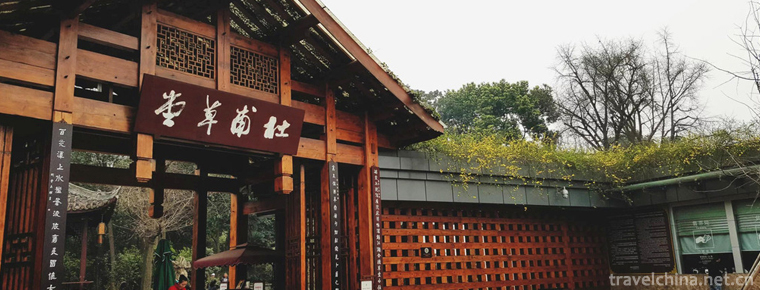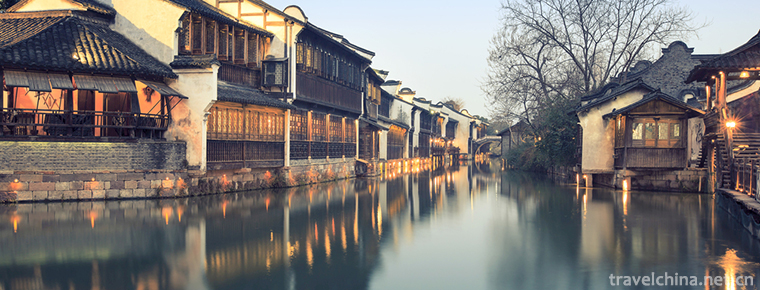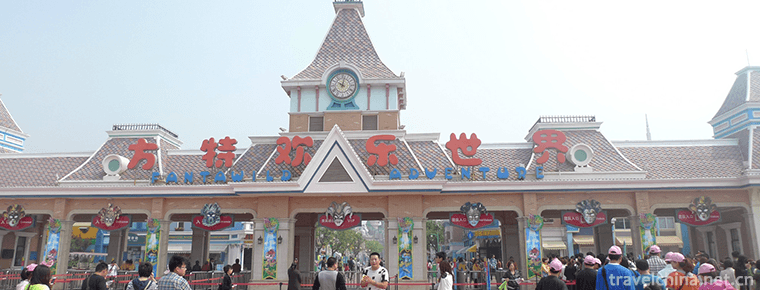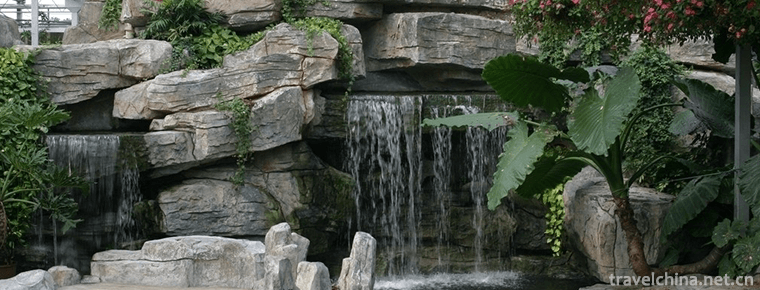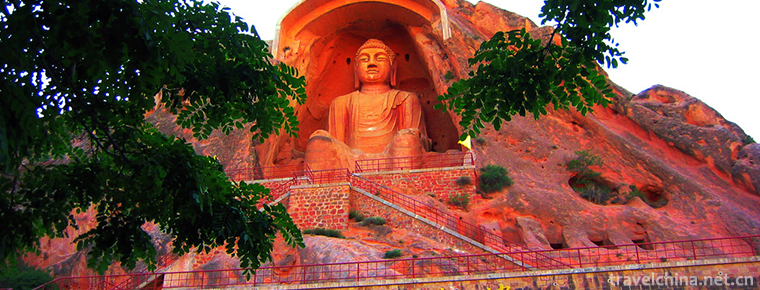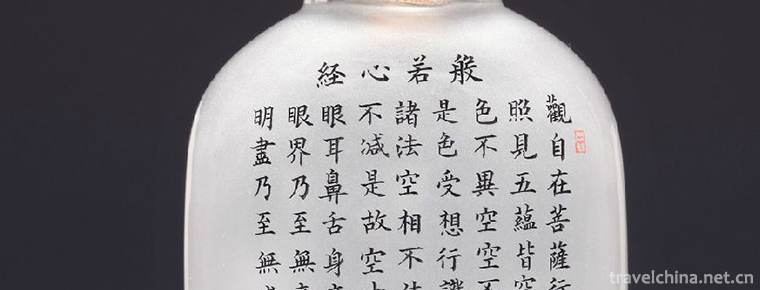Gold lacquer inlay decoration technique
Gold lacquer inlay decoration technique
Gold lacquer inlay decoration technology, Beijing local traditional handicraft, one of the national intangible cultural heritage.
Gold lacquer inlaying and decoration technology chooses the best wood. It mainly needs four processes of design, production, decoration and decoration to complete a finished gold lacquer.
On June 14, 2008, the gold lacquer inlay decoration technology was approved by the State Council of the People's Republic of China and listed in the second batch of national intangible cultural heritage list, project number: _-126.
historical origin
The development of gold lacquer inlay decoration technology has gone through three periods on the whole.
meridian
From the late Qing Dynasty to 1937, the lacquerware workshop in Beijing flourished. According to incomplete statistics, more than ten gold lacquer mosaic workshops have been opened in succession in these decades. There are roughly three reasons for its opening: first, the original palace lacquerware artists opened their own workshop after the 1911 Revolution; second, there were private private workshops in the late Qing Dynasty, mostly through eunuchs to pull relations and respond to the work in the palace; third, the artists in the lacquerware workshop opened their own workshop after they graduated.
Decline period
From the July 7th Incident in 1937 to 1949, it was a depression in Beijing lacquerware industry. After the Japanese invaders occupied Beijing, the lacquerware industry in Beijing was facing a disaster of extinction, with the exception of a few one or two, one after another closed down.
Convalescence
From 1949 to 1956, it was the recovery period of Beijing lacquerware industry. Under the guidance of the state's policy of supporting and developing handicraft industry, some former shopkeepers reopen their old businesses, recruit old ministries and recruit new apprentices, and some artists also open their own workshops. By 1956, 16 workshops in Beijing jointly built a factory by public-private partnership, named "Beijing Gold Lacquer Mosaic Factory". The development of Beijing Gold Lacquer Mosaic opened a new chapter in history.
Process characteristics
Style of Art
Golden lacquer mosaic products have a wide range of themes and processes: clear mosaic layers, colorful paintings, magnificent carvings and fillings, rich gray carvings, fractured patterns give people a sense of withstanding vicissitudes, tiger skin lacquers are colorful and natural achievements.
Beijing gold lacquer mosaic directly inherited and developed the palace art of Ming and Qing Dynasties from the teacher's biography system, craftsmanship and artistic style, forming a royal style of simplicity, elegance, dignity, magnificence and variety. Beijing style is unique among the hundred gardens of lacquerware in China. From the artistic style, there are tortoise back break and water break, while tiger skin lacquer also includes lacquer sand. The materials and tools used in different crafts, the techniques used and the final artistic style formed are different.
Varieties
Beijing gold lacquer mosaic technology is divided into large categories, including mosaic, color painting, carving and filling, gray carving, broken lines, tiger skin paint and so on. Each category can be subdivided into many processes. For example, mosaic type, from the material classification of jade mosaic, color stone mosaic, mole mosaic, Baibao mosaic. It is divided into flat mosaic, rectified mosaic and stereo mosaic. Painting categories include painting, gold tracing, gold searching, gold sweeping, gold spraying, gold plating, gold plating, black plating, ancient stacking and so on. Carving and filling are different from filling in gold, silver and paint. There are two kinds of gray carving: colorful gray carving and golden gray carving. Broken lines can be divided into baking, drying, skimming and trembling.
Inheritance and protection
Inheritance value
The value of gold lacquer inlay decoration is mainly reflected in the following four aspects:
historical value
The Chinese nation has a history of five thousand years, while lacquerware has a history of seven thousand years. For thousands of years, it has been developing with the development of the times, active, active, inherited and innovative. It has suffered many times and even faced extinction. However, "Wild fire can not burn, spring breeze blows again". The reason why it has such strong vitality is that it is deeply rooted in the fertile soil of the excellent traditional culture of the Chinese nation, and the more the nation is, the more the world is.
After liberation, especially after the reform and opening up, the gold lacquer mosaic products not only went to the world, but also entered the Tiananmen Gate, the Great Hall of the People and other important places of state activities, into many buildings and halls, as well as into many people's families. Excellent traditional national culture has a lasting charm.
artistic value
The artistic value of gold lacquer mosaic is mainly embodied in two aspects:
First, there are many kinds of crafts and rich and colorful artistic expression techniques. A product can be manufactured by only one process, or can be integrated with a variety of processes. You have me, I have you, and there are thousands of changes. Or mute and simple, or elegant and fresh, or lively and gorgeous, or brilliant.
Second, the subject matter is extensive. There are historical allusions, literary masterpieces, religious myths, folk legends, landscape figures, dragons, phoenixes, birds, celebrities'calligraphy and paintings, folk customs and so on, covering almost all cultural fields. There are also modern and foreign themes. Most of them have the implications of prosperity, prosperity, happiness and good luck.
Pragmatic value
Gold lacquer mosaic products are not only industrial products, but also cultural products. They have high artistic value and wide practical value. They are not only self-contained and relatively independent arts, but also closely related to utensil culture, furniture culture, screen culture, plaque culture, wall decoration culture and architectural decoration.
Collection value
It should be said that every exquisite gold lacquer inlaid handicraft has collection value. Especially historical works, exquisite works, orphans, exquisite works and masterpieces are of great value-added potential.
Inheritance status
After the founding of New China, especially since the reform and opening up, Beijing gold lacquer mosaic has made considerable progress, but there is also something to worry about. In the past, there were more than 1,000 workers engaged in gold lacquer mosaic, and the old workers retired one after another. At the same time, because of the hard working conditions and low wages, most young people are reluctant to choose this occupation, and only 160 people continue to engage in gold lacquer mosaic. This ancient skill is facing the crisis of stall breakage and loss of inheritance, and it needs to be protected and inherited urgently.
Inheriting characters
Bai Deyuan, male, was born in February 1947. On December 20, 2012, Bai Deyuan was selected as the representative successor of the fourth batch of national intangible cultural heritage projects, which Beijing declared. Project Name: Gold lacquer inlay decoration technique.
Wan Zi, male, on December 20, 2012, Wan Zi was selected as the representative successor of the fifth batch of national intangible cultural heritage projects, Beijing declared. Project Name: Gold lacquer inlay decoration technique.
protective measures
In order to better protect and inherit the gold lacquer mosaic technology, with the support of the relevant departments of the Chinese government, enterprises have taken some measures. Bai Deyuan, the representative successor of the fourth batch of national intangible cultural heritage projects, has formulated specific protection and inheritance measures from the aspects of protecting successors, protecting skills, innovative products and so on. On the one hand, we should adopt the method of retirement and re-employment, so that teachers with excellent skills will remain in their posts after retirement, inherit their skills and train young people. On the other hand, successors are trained through various ways, such as carrying out "master leading apprenticeship" activities, establishing successor studios, and cooperating with professional colleges and universities. Through the organic combination of product research and development, technology inheritance and talent training, a mutually reinforcing enterprise inheritance and development system is established.
The fourth batch of representative inheritors of national intangible cultural heritage projects, Bai Deyuan, also restored Huafeng Zhai and Yingmingzhai, the old lacquer shop for one hundred years, established the "Golden Lacquer Art Museum", "Yanjing Baju Art Museum", "Golden Lacquer Mosaic Stone Museum", "Golden Lacquer Mosaic Culture Festival", "Ancient Wood Carving Exhibition", "Chinese Screen Culture Exhibition" and other series of activities to "Golden Lacquer Mosaic Bullet". Decoration technology is applied to the research and development of products such as "Lacquer National Rite" and "National Minority Lacquer Home Exquisite", which makes gold inlay, originally a palace art, begin to enter ordinary people's homes and make the concept of non-legacy deeply popular in the form of "visible and touchable".
social influence
Important exhibition
From June 13 to 16, 2015, the Beijing-Tianjin-Hebei intangible cultural heritage exhibition and the traditional handicraft design competition were held in Beijing, in which gold lacquer works were displayed.
From August 9 to November 9, 2016, the special exhibition of "Creative Dreams Brilliant in Ancient and Modern-Eight Excellent in Yanjing" was exhibited in Beijing Capital Museum, in which the gold lacquer inlaying technique was displayed.
Honorary commendation
In 1989, the gold lacquer inlay decoration technology finished product "Jiulongbi" won the "treasure award" of Chinese arts and crafts.
In 2003, the series "Golden Lacquer Mosaic Throne" of Xiangshan Diligence Hall was awarded the "Treasure Prize" of Beijing Arts and Crafts.
In 2005, Seiko Correction Screen "Brilliant Future" won the Beijing Arts and Crafts "Treasure Award".
In April 2008, the 2008 China Lacquerware Art Exhibition sponsored by the Chinese Academy of Arts and Crafts in Yangzhou won four gold prizes for gold lacquer works, three silver prizes for gold lacquer works and one bronze prize for gold lacquer works, such as large-scale painted and carved screens, Dec. Order.
In 2010, Wan Zi, the representative successor of the fifth batch of national intangible cultural heritage projects, won the silver prize of the first China intangible cultural heritage exposition. In the same year, Bird Cloud Box won the "Gold Prize" of Beijing Gift.

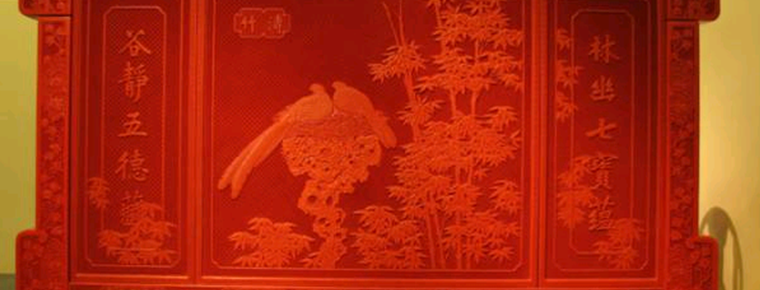
-
Du Fu Cottage
No. 37 Qinghua Road, Qingyang District, Chengdu, Sichuan, China.
Views: 194 Time 2018-10-01 -
Wu zhen ancient town
Wuzhen, located in Tongxiang, Jiaxing City, Zhejiang Province, is located in the "Golden Triangle" of Jiangsu, Zhejiang and Shanghai.
Views: 190 Time 2018-11-11 -
Caoxi Hot Spring Holiday Resort
Caoxi Hot Spring Holiday Resort is located in Qujiang Maba, Shaoguan City. It is the largest hot spring villa resort in Guangdong Province. It is located on 106 National Highway under the outlet of Sh.
Views: 334 Time 2019-01-04 -
Chongli Wanlong Skiing Ground
Wanlong ski resort is located in Honghua Liang, Chongli District, Zhangjiakou City, Hebei Province. It covers an area of more than 30 square kilometers, with the highest elevation of 2110.3 meters and.
Views: 202 Time 2019-01-06 -
Lushan Karst Cave Group Scenic Area
Yiyuan Karst Cave Group is located in Nanlushan Town, 7 kilometers northwest of Yiyuan County. It has been proved that there are more than 100 caves in the area of 5 square kilometers around the ape-m.
Views: 164 Time 2019-02-06 -
Mount Tai Fonters Happy World
Tai'an Fangte Happy World is located in the eastern New Area of Taishan District, Tai'an City, Shandong Province. Font's Happy World is characterized by science fiction and animation.
Views: 367 Time 2019-02-13 -
Tengtou Ecological Tourism Area
Embedded between Fenghua and Xikou, Tengtou Eco-tourism Area is located in Xiaojiang Plain, close to Jiangba and Yongxi Highway. Located 6 kilometers north of Fenghua City.
Views: 229 Time 2019-02-13 -
Xumishan Grottoes
Xumishan Grottoes, located 55 kilometers northwest of Guyuan City, Ningxia, is located in the north of Liupan Mountain. It is the only way to the east of the ancient "Silk Road" and one of t.
Views: 111 Time 2019-02-26 -
Yalu River Scenic Spot
Yalu River Scenic Spot is located in Dandong City in the middle and lower reaches of Yalu River. It is 210 kilometers long from Hunjiang Estuary in the East and from Dadong Port in the west.
Views: 204 Time 2019-02-27 -
a bottle with painted designs
Internal painting is a unique traditional craft in China. It originated from snuff bottle painting. The interior painting method is a special deformed fine brush, in glass/crystal, amber and other mat.
Views: 141 Time 2019-06-07 -
Chengdu Technological University
Chengdu Institute of Technology is a public full-time general undergraduate school organized by the People's Government of Sichuan Province. Founded in 1913, the school is the first industrial school .
Views: 285 Time 2019-08-31 -
Dazhou folk culture
Dazhou yuanjiu Climbing Festival this tradition has been followed for thousands of years, every year on the ninth day of the first month, hundreds of thousands of people travel to the city, this spectacular scene is also rare in the country. It is said that i.
Views: 288 Time 2020-12-20
